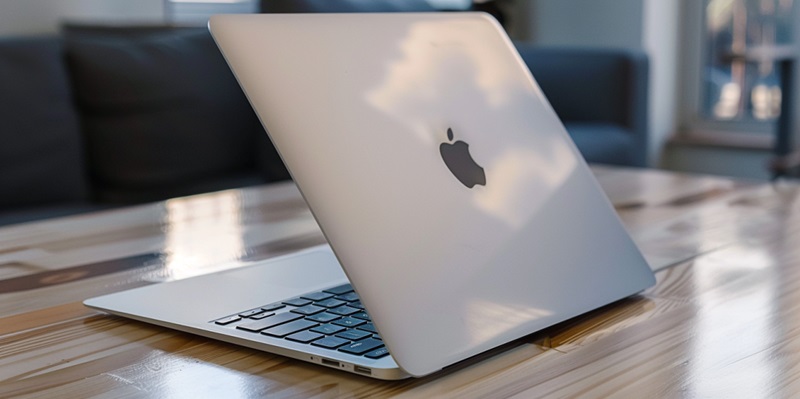In an anticipated move, Apple has released the latest iterations of its operating systems. This array of updates includes iOS 17.5, iPadOS 17.5, watchOS 10.5, tvOS 17.5, macOS 14.5, and updates for the HomePod software. Targeting improvements in security and system stability, these updates reflect Apple’s dedication to enhancing the user experience through incremental upgrades rather than through the introduction of significant new features.
iOS and iPadOS Do Subtle Enhancements
Embracing Third-party App Downloads in the EU
In a strategic response to regulatory pressures, Apple’s latest update for iOS and iPadOS hones in on third-party app downloads. Now, users within the EU have the capacity to download apps directly from developers’ websites, provided these developers have a track record of over a million installations in the past year. This represents a significant departure for Apple, which has historically maintained tight control over app distribution channels. It stands as an example of a balance between compliance with regulations and the protection of the company’s famed ecosystem.
Upgraded Podcast Experiences and Safety Features
The updates to iOS and iPadOS also bring substantial enhancements to user-oriented features. New Pride-themed wallpapers add a splash of vibrancy, while a reimagined podcast widget provides a chameleon-like adaptation to the artwork of the currently playing episode. In the realm of spotlight search, users can now benefit from advanced capabilities when hunting for specific podcast episodes. Safety features, too, have seen updates, with notifications for unknown tracking extending their reach to non-Apple products, a clear nod to the company’s firm stance on user privacy.
macOS and tvOS Stay the Security Course
macOS 14.5: Security at the Forefront
Apple’s macOS 14.5 release is refreshingly uncluttered by new features, focusing instead on better protecting users from the evolving threats in the digital world. Updates continue to be available for older macOS versions, ensuring extended support without forcing users onto the latest platform. However, Apple has made it clear that they are foregoing updates for much older systems, such as macOS 11 Big Sur and 10.15 Catalina, steering users to transition to more modern and secure macOS alternatives.
tvOS 17.5: Under-the-Hood Enhancements
When updating tvOS to version 17.5, Apple has stuck to its tradition of putting system stability and security at the forefront. While users may not notice any drastic changes in their television experience, these behind-the-scenes enhancements are key to maintaining a fluid and safe operation of their devices. In a world where smart TVs are increasingly susceptible to cyber threats, such subtle but critical updates are essential to safeguard user data and privacy.
HomePod Software Joins the Update Cycle
HomePod Software 17.5 Remains Mysterious
Apple’s commitment to updates encompasses its entire product range, including the HomePod and HomePod mini. Although specific details about the scope of improvements in the HomePod software 17.5 are not disclosed, it suggests a continued focus on refining the user experience across Apple’s product portfolio. Owners of these devices can rest assured that the performance and security of their HomePod systems remain a priority for Apple.
The Cumulative Effect of Incremental Improvements
Apple has recently rolled out a comprehensive set of updates for its suite of operating systems including iOS 17.5, iPadOS 17.5, watchOS 10.5, tvOS 17.5, and macOS 14.5, accompanied by enhancements to HomePod software. These updates, while largely expected, underscore Apple’s commitment to the continual refinement of its platforms, focusing on elevating security measures and bolstering overall system stability. By choosing to prioritize these fundamental aspects, Apple demonstrates a strategy favoring reliability and smooth functionality across its devices. With these latest versions, there are no major feature overhauls; instead, the updates reflect a strategic approach aimed at polishing existing functions to ensure a better and more secure experience for users. This decision illustrates Apple’s understanding that a superior user experience is often rooted in seamless performance and high-end security, which can often be achieved through systematic and less conspicuous advancements.

